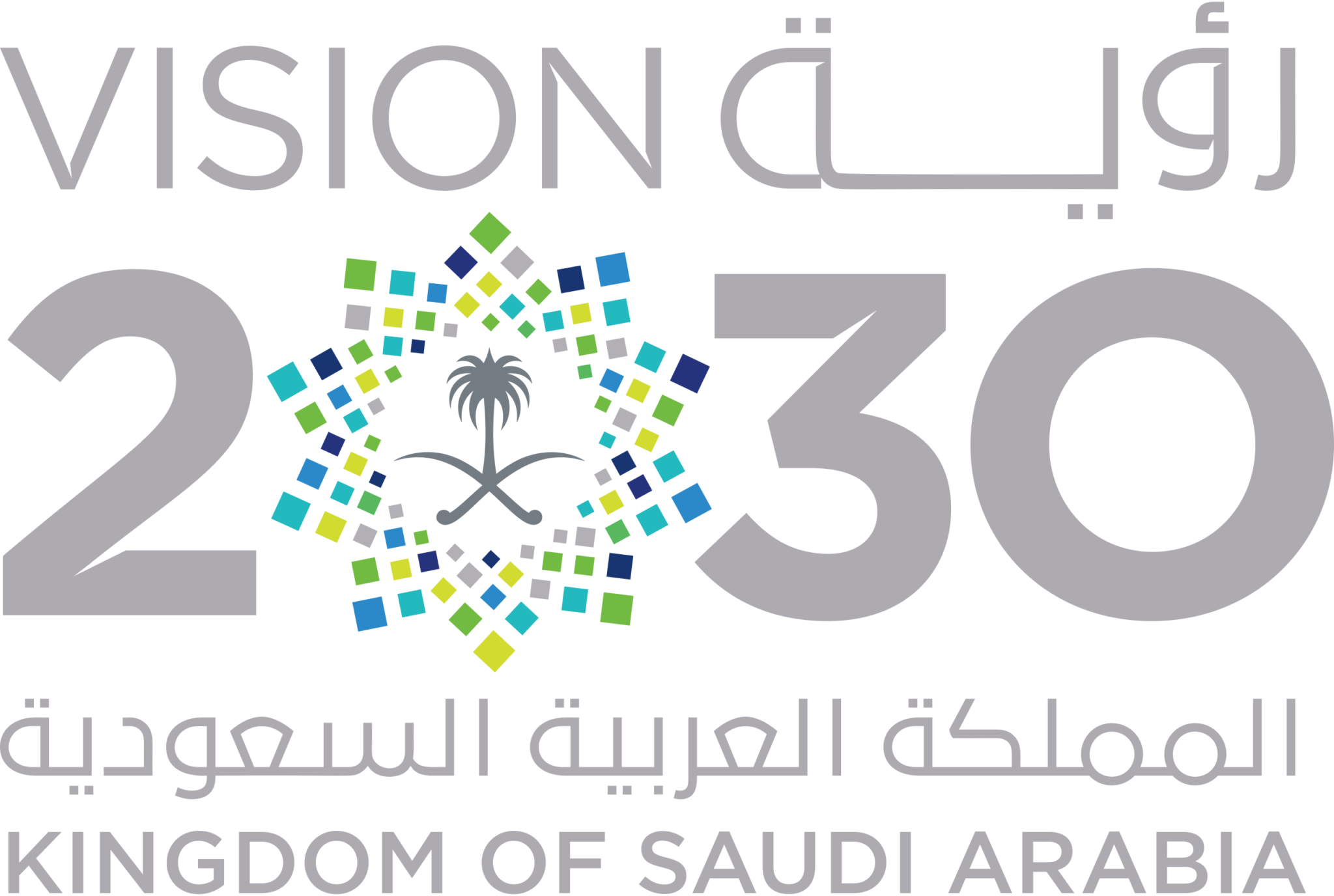
6 tips for establishing a professional photography studio
6 tips for establishing a professional photography studio

6 tips for establishing a professional photography studio
The photography studio is an excellent project that makes a lot of money. On the other hand, a photography studio is a place where photographers can photograph their models in an environment they can adjust and control.
Personal photographs, advertising photographs, and product and service photography are all taken in the photography studio.
Whatever type of photos you carry inside the photography studio, there are some fundamentals that must be followed when setting up a photography studio, which we will discuss in this article by providing 6 tips for establishing a professional photography studio
What do you need to set up your own professional photography studio?
Before establishing your studio space, make a budget. This way, you can insure that you get everything you need without going overboard in any one area.
Make a budget for the costs of photography studio accessories such as lighting, backgrounds, and props. If possible, budget for a workspace where you can edit and publish prints for guests.
A waiting area for customers is an excellent addition to any photography studio. If this appears appealing at first, start small and gradually expand your studio. To start a professional photography studio, follow these tips:
Select Your Studio Space
The first step in establishing a photography studio is determining its position. Will you set up a home photography studio or pursue a photography reimbursement business? How do other shutterbugs in your area set up their photography studios? Choose an accessible location for your studio with the necessary electrical and plumbing infrastructure, taking into account factors such as proximity to your clients, space size, and layout.
Looking for a studio to rent? Begin your hunt for a” photography studio for rent” in your asked position. Keep in mind that if you choose a rental plant, you’ll gain space but will also be responsible for a monthly lease. You must insure that you earn enough customers that help you to cover your payments.
Consider your busy and slow times. Save enough money during your peak seasons to cover months when your business is slow. A portable studio is another option to consider. This is a good option for an outdoor photography session with clients. You can build your own photography studio by renting an empty space. You can take photos of your clients in restaurants or public gardens.
Alternatively, you can look for a furnished space that includes all of the necessary professional equipment. This can be a good way to improve your photography skills and learn new techniques. You only need to bring your camera.

Choose Lighting
Once you’ve decided on your location, you can start to consider your photography studio setup. One of the most important aspects of any photography studio is lighting. Always keep the types of images you take in mind when choosing your lighting.
To make the best decisions, learn the fundamentals of different types of photography lighting. For many beginners, continuous light can be an excellent—and very cost-effective—option. These lights, which are frequently used by product photographers, allow you to see how the light will appear in your image.
You can choose between fluorescent, tungsten, and LED continuous lights, and all three produce good results. Many professional photographers prefer fluorescent lights because they are inexpensive and do not overheat.
Another common type of photography studio lighting is speed lights. They are external flash units that operate at much higher speeds than standard camera flashes. Light can be dispersed using umbrellas and flashes with speed lights.
Because many speed lights are portable and lightweight, you can use them both in your studio and on location. They are versatile lighting options that can be an excellent investment. Kits for every type of lighting can be found with a little searching.
Entry-level setups that maximize window light are also available, as are more advanced photography studio lighting kit options. When selecting a lighting kit for your photography studio, keep your budget and long-term goals in mind.
Set up a professional-looking background
Photography backdrops help to set the tone for your photographs. Over time, you may want to stock your photography studio with a variety of backdrops.
Preparing a beautiful and appealing background for the video is an important stage to focus on because it will determine the first impression of your videos. Your video’s direction and style will be determined by the background you choose.
A simple white background can be a good first photography studio backdrop when starting out. If you want to buy more backdrops, you should become acquainted with the various material options.
Paper, vinyl, and various fabrics such as muslin, canvas, and velvet are among them. Making your own backdrops is a great way to save money on the initial setup of your photography studio.
To begin, all you need is a curtain rod mounted on the ceiling or high on your wall. Then, to create backdrops, drape curtains or fabrics over them. Don’t forget about your flooring, especially if you’re shooting full-length portraits. You may have good-quality flooring, to begin with, but you may want to switch things up for different types of photographs. Some of your backdrops may also serve as floor coverings.
Select Photography equipment
Photography equipment includes cameras, lenses, and other photography equipment that you will need in your studio. Also, you should have a microphone for video shoots. It’s also a good idea to hire a professional designer or architect to help you plan and build your own photography studio. This person can assist you in making the most of your studio space and ensuring that it meets all of your requirements.
Photography equipment such as:
An appropriate Photography lens
If you intend to take a lot of portraits, you should consider investing in a dedicated portrait lens. The appearance of your subject can be significantly altered by using different focal-length lenses.
When used for close-up photography, a wide-angle lens can enhance a subject’s facial features by unnaturally elongating the nose and forehead.
While enhanced views can be appealing at times, longer focal lengths are generally preferable. You can zoom to the longer end of the lens if you’re using a kit zoom lens.
High-quality microphone
In general, the higher the price of the microphone, the higher the quality. Despite the fact that there are some free options, we recommend that you budget for a good microphone because the poor sound quality is unforgiving. Stands, Reflector and Tripod A reflector is a great simple tool that allows you to experiment and shape your light in a variety of lighting conditions.
They can be used to fill in shadows, add light from a window, or create a rim light. After choosing your camera, you’ll need a tripod to hold it on while shooting. The right tripod depends on which camera you’ll be using.
A tripod or stand is required for reflectors and other studio equipment. Tripods are ideal for your camera, lighting, and other equipment for extra sharp images. Stands are much more robust in terms of supporting and protecting heavy and expensive equipment.

Ready to start your project?
Make a Workspace for You
Setting up a workspace in a corner of your photography studio can help you run your business more efficiently. And you don’t need many items to set up a workspace.
You should have a computer and a large monitor on your desk. Another essential item is a printer. These simple pieces of equipment will allow you to easily transition from shooting photos to post-production.
You might even be able to edit and print photos for your clients before they leave your photography studio. Because many professional photographers can take days or weeks to complete a photo shoot, this method is sure to impress your clients.
You can also use a high-quality printer to make prints for other photographers in your network if you have one.
This is a good way to supplement your income without making additional investments. It also aids in the development of relationships with other photographers.
Create a Waiting Area
A waiting area isn’t required, but it can set your photography studio apart from the competitors. Consider creating a comfortable and welcoming environment for your customers to relax in when they arrive. You can achieve this goal with a few inexpensive items.
The right seating for your photography studio waiting area is essential. Include a sofa or a couple of comfortable chairs. A magazine side table is also a nice touch.
If you specialize in family photography and work with children, a kid-sized play table stocked with coloring pages and crayons can keep them entertained. Because parents want to preserve these memories, child photography can be a lucrative business.
You can use this area to meet with clients before their shoot to discuss their preferences. It provides a comfortable place for clients to wait for their prints after a shoot has concluded. Remember to include enough seating for yourself, as you’ll be interacting with clients frequently in this area.
Types of photography studios
There are many kinds of photography studios such as:
- Wedding photography studio
- Food photography studio
- Family photography studio
- Influencers photography studio
- Babies photography studio
- Advertising campaigns photography studio

Conclusion
At the end of this article, we provided you with 6 tips for establishing a professional photography studio. You have to decide what types of photography you want to pursue and then set a budget and choose the place for your professional photography studio.
You can visit photography studio websites to get more ideas about creating your studio of photography. Also may help you to choose the best camera for studio photography.
Check out our service





